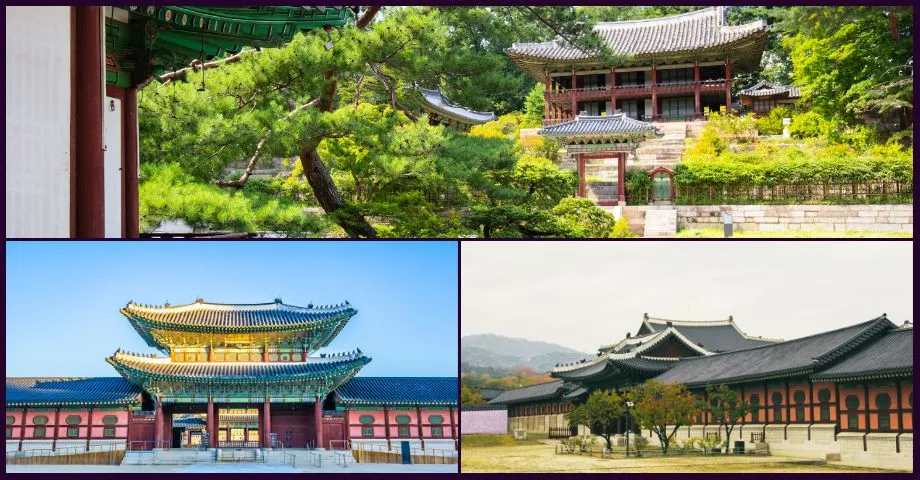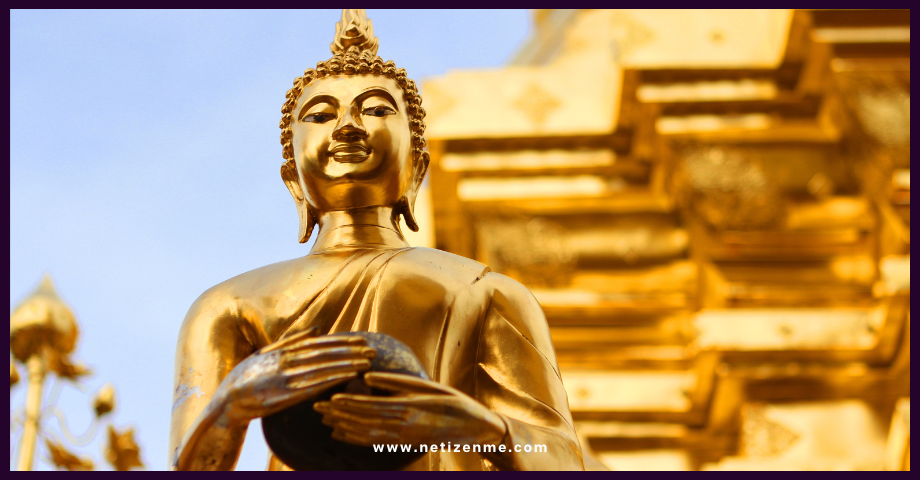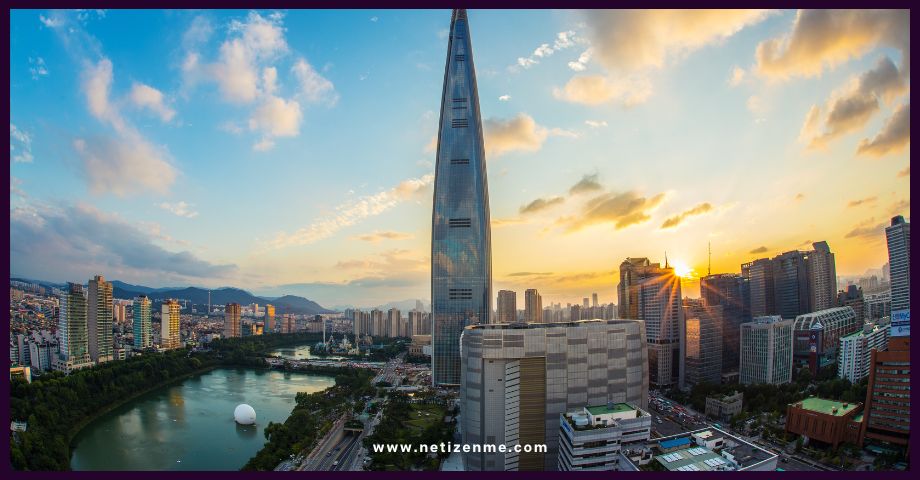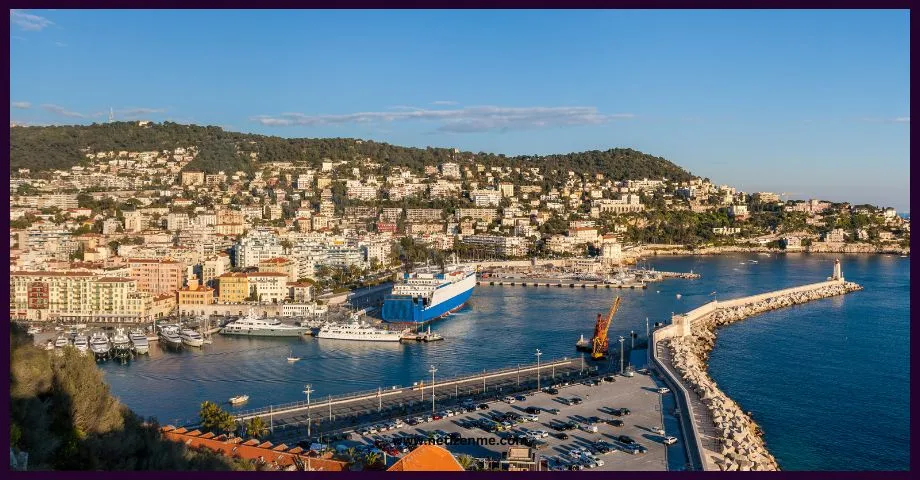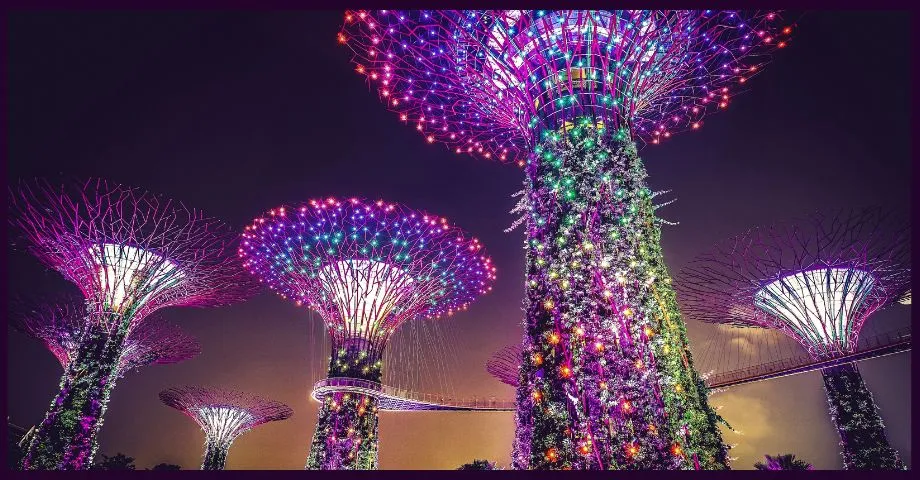Korea’s rich history is intricately woven into the architectural marvels of its palaces. While East Asian palaces share commonalities, Korean dynasties infused unique features into each, shaping distinct seats of government. The proliferation of Joseon-era Palaces in South Korea is rooted in the dynasty’s extensive five-century reign, marked by successions, invasions, and wars. These events demanded multiple palaces, each palace representing a specific period. Surviving Joseon royal palaces offer a tangible connection to Korea’s historical journey, reflecting each era’s unique architectural and historical imprint.
The Majestic Jeseon Palaces of South Korea
Seoul has five distinguished royal palaces: Gyeongbokgung Palace, Changdeokgung Palace, Changgyeonggung Palace, Deoksugung Palace, and Gyeonghuigung Palace. Gyeongbokgung Palace, acclaimed for its beauty, is the largest and most prominent in the royal ensemble. These are the five palaces of the Joseon era. Still standing in pride in Seoul, these palaces witness the Joseon Dynasty’s (1392–1897) tumultuous history.
Gyeongbokgung Palace
Built-in 1394 by King Taejo, the inaugural monarch of the Joseon dynasty, Gyeongbokgung Palace is the oldest palace in Korea. It derived its name from the prominent government minister Jeong Do-jeon. King Taejong and King Sejong the Great oversaw subsequent expansions of the palace.
Gyeongbokgung, the paramount palace of the Joseon Dynasty, stands as a testament to resilience. Ravaged during imjin waeran (Japanese invasions of Korea in 1592 and 1597), it rose again under Regent Heungseon Daewongun. The central area, a symmetrical masterpiece, epitomizes refined royalty.
Gyeongbokgung Palace’s core unfolds with precision, harmoniously integrating Gwanghwamun Gate, Heungnyemun Gate, Geunjeongmun Gate, Sajeongjeon Hall, Gangnyeongjeon Hall, and Gyotaejeon Hall. Each step echoes Korea’s sophisticated royal aesthetic.
Changdeokgung Palace
Changdeokgung Palace, also known as the Palace of Prospering Virtue, stands as a jewel in Seoul’s Jongno District, South Korea. A masterpiece of the Joseon Dynasty, it is one of the “Five Grand Palaces,” bearing witness to Korea’s rich history. Initially established in 1405, Changdeokgung became a favored residence for many Joseon kings, distinguished by its unique blend with the natural topography. Unlike its counterparts, it integrates seamlessly with the surrounding landscape, showcasing a commitment to harmony.
A UNESCO World Cultural Heritage site
Despite enduring the trials of history, including the Japanese occupation, Changdeokgung endures, with approximately 30% of its pre-Japanese structures surviving. The palace complex, designated as a State Cultural Heritage, reflects the Joseon Dynasty’s architectural brilliance and exemplifies traditional pungsu principles and Confucian ideology.
The Secret Garden, a serene retreat behind the inner hall, adds to its allure, featuring ancient trees, pavilions, and historic structures. Recognized as a UNESCO World Cultural Heritage site, Changdeokgung Palace remains a captivating testament to Korea’s enduring cultural legacy.
Changgyeonggung Palace
Changgyeonggung Palace, nestled in the heart of Seoul, traces its roots back to the mid-15th century when it was initially built as Suganggung Palace by King Sejong for his father, Taejong. Renamed Changgyeonggung Palace during the reign of King Seongjong, the palace underwent multiple reconstructions and faced adversities, including destruction by Japanese invasions and subsequent rebuilding efforts by successive Joseon Kings. Notably, during the Japanese colonial period, it transformed into Changgyeongwon Park, featuring a zoo, botanical garden, and museum.
South Korean National Treasures
Today, Changgyeonggung Palace is a testament to historical resilience and cultural significance. The palace complex boasts vital structures, including the iconic Honghwamun gate, designated South Korean National Treasure 384, and the symbolic Okcheongyo Bridge with carved goblins to ward off evil spirits designated National Treasure 386. The main hall, Myeongjeongjeon, constructed in 1484 and rebuilt in 1616, is the oldest main hall among Seoul’s palaces, reflecting its original purpose as the queen’s living quarters.
Munjeongjeon, a unique council hall facing south, adds a distinctive touch to the palace’s layout. It serves as a space for routine state affairs and enshrines royal tablets after funerals. Despite the challenges faced during different historical periods, Changgyeonggung Palace remains integral to Korea’s cultural heritage, offering a glimpse into the nation’s storied past. The palace’s rich history, diverse structures, and tranquil surroundings contribute to its enduring significance as a historical and cultural treasure.
Deoksugung Palace
Deoksugung Palace, also known as Gyeongun-gung or Deoksu Palace, stands as a distinctive compound within Seoul, bearing witness to Korea’s tumultuous history under the Joseon monarchy and subsequent events. Initially the residence of Grand Prince Wolsan, elder brother to King Seongjong, it gained prominence during the Imjin War in 1593. It served as a temporary palace after the ravages of war consumed other royal residences.
The palace’s transformative journey continued with King Gwanghaegun, who named it Gyeongungung Palace in 1611. Subsequently, it functioned as both an official palace and a temporary residence, adapting to the royal family’s changing needs. Emperor Gojong played a significant role in the palace’s history during the challenging period of Japanese rule. After his refuge in the Russian legation and subsequent return, he renamed the palace Gyeongungung in 1897, overseeing its restoration and modernization efforts, including installing electricity and fencing.
From Gyeongungung to Deoksugung
In 1907, the palace acquired its name, Deoksugung, symbolizing a wish for the emperor’s longevity. However, the Japanese occupation marked a period of decline for the palace, with the grounds converted into a public park and much of its original splendor lost.
Today, Deoksugung Palace stands as Historic Site No. 124, preserving the remnants of its storied past. The palace, with structures of varying styles, including natural cryptomeria wood and stone replicas of Western palatial buildings, reflects the fusion of traditional and modern influences. Noteworthy features include a modern and Western-style garden with a fountain, contributing to the palace’s unique charm. The Changing of the Royal Guard, held in front of Daehanmun (Gate), adds a vibrant touch to the palace experience.
The palace’s significance extends beyond its historical structures, encompassing forested gardens, a statue of King Sejong the Great, and the National Museum of Art, hosting unique exhibitions. Deoksugung Palace, though diminished from its original grandeur, remains a cultural gem in Seoul, inviting visitors to explore its rich history and architectural diversity.
Gyeonghuigung Palace
Gyeonghuigung Palace, known as the Palace of Serene Harmony, is a testament to Korea’s rich history and the Joseon Dynasty’s architectural prowess. Initiated in the 1600s during King Gwanghaegun’s reign, it became one of the “Five Grand Palaces,” serving a unique role as a secondary palace for the king during emergencies. Its location on the west side of Seoul earned it the name Seo-gwol, which translates to “a palace of the west.”
A royal shelter
Throughout the latter Joseon period, Gyeonghuigung hosted about ten kings and offered a place for royal shelter and state affairs. The palace, strategically built into the slanted geography of the surrounding mountain, possessed traditional beauty in its architecture. Notably, it featured structures like Sungjeongjeon and Jajeongjeon for royal audiences and Yungbokjeon and Hoesangjeon for sleeping.
Tragically, the palace faced considerable loss in the 19th century due to fires during the reigns of King Sunjo and King Gojong. The Japanese occupation further dismantled the remnants, repurposing the site as a school for Japanese citizens. Noteworthy structures like the Sungjeongjeon throne hall and the Heunghwamun gate were relocated. Additionally, the Seoul Museum of History and Seoul Museum of Art, situated on the palace grounds, further enrich the cultural experience for visitors.
Embark on a Historical Exploration Through the 5 Jeseon Palaces of South Korea
The restoration efforts, initiated in the 1990s by the South Korean government to rebuild the heavily damaged “Five Grand Palaces,” faced challenges due to urban growth and neglect. Only about 33% of the former palace has been reconstructed.
Despite the challenges faced over the centuries, these Palaces of South Korea remain a captivating glimpse into Korea’s past, inviting visitors to explore its reconstructed heritage.
Embark on a journey through Korea’s palatial history, where each brick, each gate, and each courtyard tells a story of a bygone era. Uncover the legacy of kings and the architectural brilliance that defines Korea’s palaces.
This article is written by:
Chenayah enjoys exploring and writing about her passions, including languages and travel. She leverages her diverse educational background in Business, Psychology, and Linguistics to enrich her writing endeavors.
